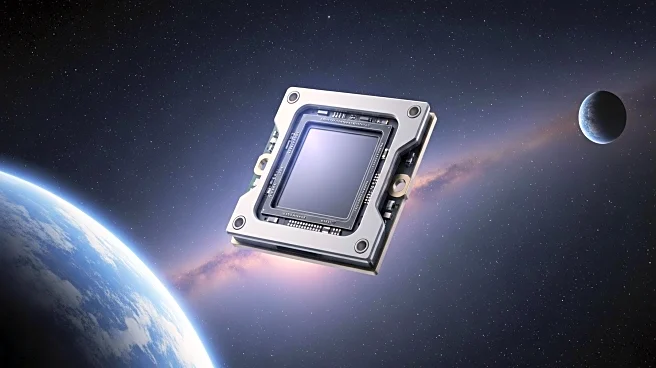What is the story about?
What's Happening?
Advanced Navigation has successfully validated its LUNA sensor, a compact laser-based navigation system, for use in both lunar and GPS-denied terrestrial environments. The sensor provides real-time 3D velocity and altitude data, crucial for precise lunar landings. Tested in extreme conditions on Earth, the LUNA sensor exceeded performance requirements for the upcoming IM-4 mission with NASA payloads. The sensor's compact design reduces mission mass and cost, offering significant advantages for autonomous lunar exploration.
Why It's Important?
The validation of the LUNA sensor represents a significant advancement in navigation technology, crucial for future lunar missions. By providing precise navigation without GPS, the sensor enhances the safety and reliability of lunar landings, paving the way for autonomous exploration. This development is a milestone for the Australian space industry, showcasing its capability to contribute to international space missions. The sensor's terrestrial applications also promise advancements in industries requiring precise navigation in challenging environments.
What's Next?
The LUNA sensor will undergo final spaceflight qualifications, including shock, vibration, and thermal vacuum testing, to ensure readiness for the IM-4 mission. Its successful deployment could lead to broader adoption in both space and terrestrial applications, influencing future exploration strategies. The technology may also inspire further innovations in navigation systems, enhancing capabilities for both commercial and defense sectors.
AI Generated Content
Do you find this article useful?
















